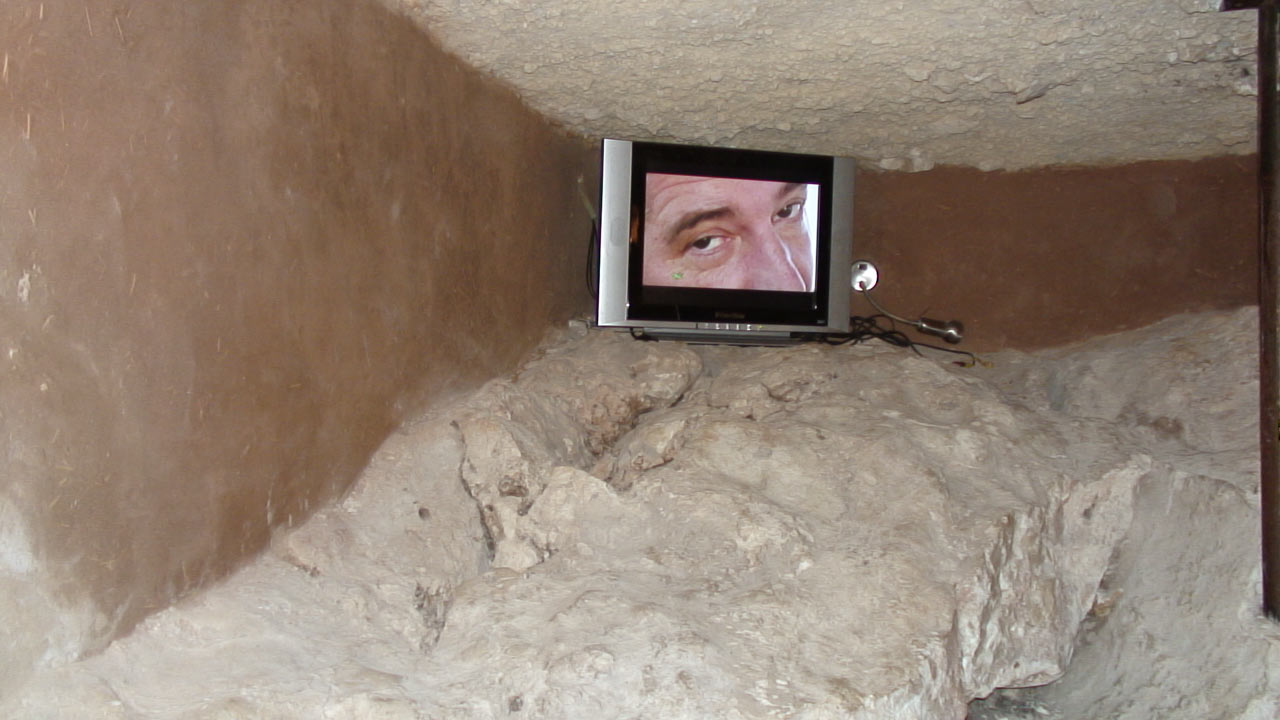| "Tel
Aviv Portraits" at Junco-Dada Museum, Israel |
 |
Tel Aviv Portraits "Doron Golan's exhibition at the Junco-Dada Museum in Israel consist of three looped short QuickTime movies of 30 seconds each. They are close-up portraits of two soldiers - two men and one woman. The starting point for the work is the artist’s practice of walking the city, in the tradition of the wandering photographer. This wandering, this focus on experiencing the particular instant within time and space is fundamental, of course, to the history and tradition of photography. Cartier- Bresson articulated this in the thirties with his notion of the decisive moment whose intensity and emotional charge serve to uncover the deeper meanings of the event and not just present its outward form. Doron decontextualises the fragments presented here and by thus initially abstracting them from history creates a sort of painterly image to which he then restores an element of movement with an almost comic use of animation. In each work the framing, the composition, is different. The soldier is looks downward, thoughtful, perhaps annoyed. In the second project, Boaz, we see only part of the face between the eyes and the mouth, looking straight at us, and in the third piece, Udi, the subject regards us from below. These playful gazes invite the viewer in but the addition of the animation on the one hand confirms the artificiality, the constructedness of the two dimensional image and on the other serves to remind us of the actual realities involved. In Soldier two bees buzz in a way both mechanical and irritating. In Boaz a noisy helicopter passes between his gaze and ours and in Udi, a green plane fulfills a similar role... The structure of the work turns the flicker of motion to stillness and thus focuses us upon the act of reading and interpreting implicit details. We are rendered detective and hunter, energized by the miracle of these images of the urban environment. The confrontation between these frozen fragments of reality and the animation and sound that accompanies them serves to constantly remind us of the reality of today’s violent existence. The work invites the viewer to achieve these rich transformations each in our own way – we are the last piece of the puzzle." Ilana Tenenbaum |